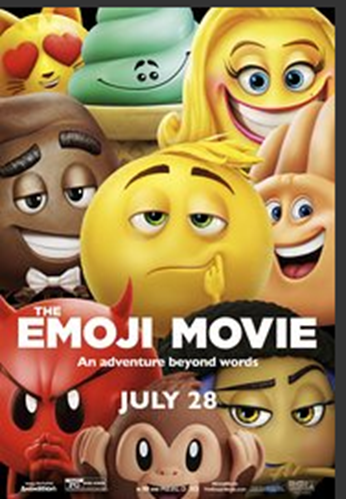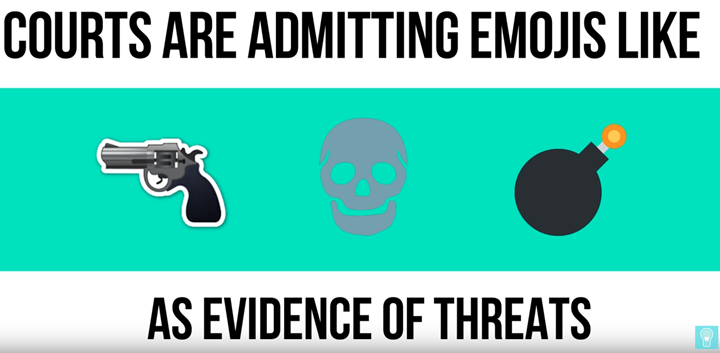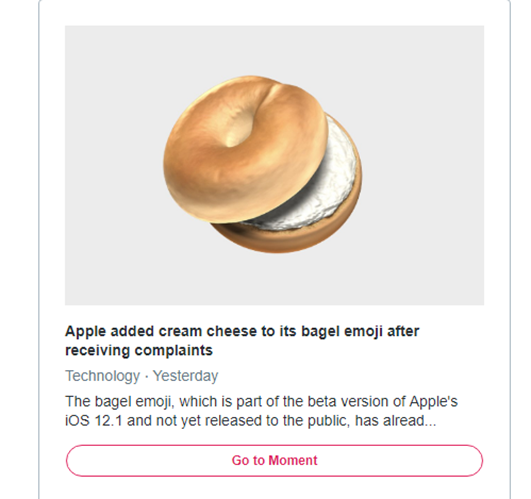When it is allowed to wink at work
We have entered the era of emojis: they are common in messages we send by millions. But what is emojis place in the office communication? Read on to know more...

We are witnessing the huge rise of emojis in office communication.
While doing research for this article, I found out that:
- you can type emoji (yes, it returns you to cave painting times, but who said they had been bad);
- you can eat emoji (I know now what kind of birthday cake I will have);
- you can play with emoji toys (emoji toys for your pets included);
- you can inflate emojis (they are one of the most favorite themes for air balloons);
- you can wear emojis (I will not even start listing all the items of clothes you can put emojis on);
- and if it is not enough, you can watch emojis (I mean yes, the emojis are new movie stars; the movie got bad reviews but after all, emojis root from naive simpletons emoticons, so for sure at the release of Emoji-2 or 3 or 4, we are doomed to love it).

What stands behind this incredible popularity?
The vocabulary of most adult native test-takers ranges from 20,000 to 35,000 words. Emojis seem to translate into these numbers quickly and easily, especially considering the total number of emojis in 2018 reached 2823.
They have become the fastest-growing language that people can use universally, regardless of age or social group.
What we know so far:
- the word itself comes from two Japanese words: ‘e’ for picture and ‘moji’ for a character;
- the original set of the first ever created 176 emojis is kept in New York in the Museum of Modern Art;
- the pictorial icons have risen to the kings of digital communication since becoming a fixture of the iOS keyboard in 2011. Android followed suit in 2013.
- World Emoji Day is celebrated on July 17, which is logical. The Apple “calendar” emoji shows the date of July 17;
- if you think that emojis appear randomly, you are wrong. The special corporation that approves the new emojis is Unicode Consortium. It announces itself as the non-profit charitable organization responsible for choosing the new emojis across all platforms. It has 4 technical committees and one editorial committee;
- the word ‘emoji’ was added to the Oxford Dictionary in 2013;
- two years later, in 2015, the emoji of the smiling face with tears of joy was named as the Word of the Year;
- over 90% of online consumers use emojis;

Photo: emojipedia Twitter
- emojis usage might have legal consequences as the courts regard a gun, a skull, and a bomb emoji in the texts as evidence of a threat

- there were offers to use emojis in PIN codesFinland was the first country to offer the special ‘national’ pack of emojis in 2015. or passwords instead of digits;
- by various estimations, over 5 billion emojis are sent every day;
- you can hashtag with emojis on Instagram;
- Finland was the first country to offer the special ‘national’ pack of emojis in 2015. Petra Theman, Director for Public Diplomacy, said: ‘...Emojis are used to communicate visually rather than verbally, and that suits Finns’
- people in different countries most love different emojis: the Arabic speakers use flowers 🌹, and the Brits love a winking face smiley 😉;
- you can join over one million viewers that already watched the Game of Thrones episode in emoji;
- it comes as no surprise that the skull emoji is most used in October due to Halloween, while the Christmas tree is December favorite 🎄 🎄 🎄.
Do not hesitate to wink: Emojis are great for your productivity
In a nutshell, emojis are easily squeezed into the following equation: less time on typing = more fun+more productivity
The emoji support is such a big deal that almost all the apps can add emojis or customize the sticker packs.
The ubiquity of emojis is probably justifiable because of how helpful they are in personalizing office communication.
Using emojis adds fun to work, thus making work fun—emoji language makes the process less stressful and energy-consuming.
They create the personal touch: whatever we consider reflecting ourselves will switch on the intrinsic motivation, thus, making us more productive by default.
Besides, emojis facilitate communication as they compensate for the lack of body language.
They can present the concept very simply: pictures are universal. They can be easily interpreted, as the brain takes very little effort to decode the meaning of the picture compared to the meaning of the words.
Emojis are self-explanatory, acting as problem-solvers when you are in a hurry. People crave the tool to express the full range of their emotions, which adds to their popularity.
Certainly, misunderstandings can occur: at some point, everyone realizes they've misinterpreted the use of an emoji (hopefully, you didn't mistakenly use the eggplant emoji in a message to your boss).
Funny graphics may not have replaced text just yet, but their popularity has surged among millennials so much that it is highly likely that emojis will become a domineering language, which the millennials’ employers will have to consider.
Introducing smileys into office communications has proven groundbreaking, extending beyond casual chats to include business contexts—ranging from profit-driven corporations and nonprofit organizations to government agencies.
This shift aligns with the broader trend towards more informal business interactions.
Emojis enhance creativity, promote self-improvement, and broaden your perspective by conserving precious time.
Their creation can somewhat be likened to the advent of air travel. Once you experience reaching your destination ten times quicker than before, you'll likely overlook any potential risks and choose to fly again.
Right before I was about to submit the article, I decided to check my email subscriptions, and guess what I found first?

Without a doubt, both bagels and emojis are here to stay¯\_(ツ)_/¯.

